1 Electrical Outlets and Switches
After renovating and arranging furniture, many find that they have placed outlets inconveniently. Some are blocked by furniture, others too low or too high. Or there are none where needed. Extending cords snake across the floor, hanging from walls like vines. They spoil the interior and mood. And they collect dust – you spend more time cleaning.
What to Do:
- When planning a renovation, arrange the electrical layout so that every room has lighting. Consider the placement of not only ceiling lights but also wall lights – they’ll need outlets.
- Install wiring in every room – in the toilet and bathroom, hallway, kitchen, corridor, on the balcony, in the pantry and wardrobe.
- Plan outlets on every wall of the room. Have more than you need.
- Consider how to run cables for TV and internet. Will they go along the walls, ceiling or floor? How best to insulate them.
- Install an outlet under the TV in the children’s room – even if the child is very young. It might be useful in the future.
- Place outlets by the bed at about 19.7 inches (50 cm) high – it’s convenient to charge a phone on the bedside table at this height.
- Install outlets near the window – especially relevant for owners of small apartments. For instance, the windowsill can become a workspace.
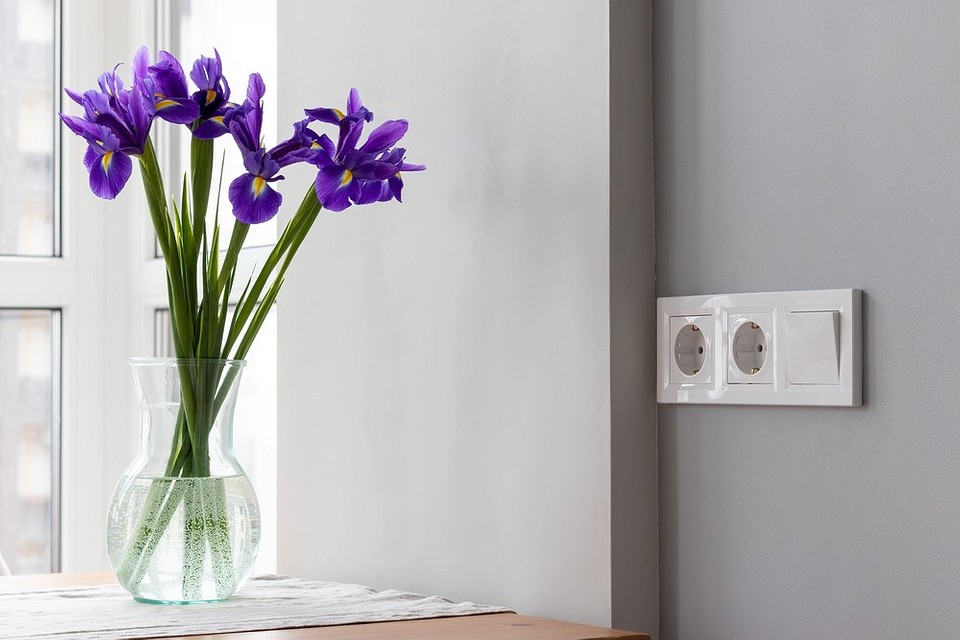
2 Bathroom Ergonomics and Access to Utilities
Many approach bathroom aesthetics seriously – sometimes too much so. They forget that choosing beautiful tiles and hiding all utilities are secondary. Eventually, they find a tile with a defect or a different shade from another batch. And these are lesser evils. Much worse is to brick up utilities, block access to meters, or cover a ventilation hole.
What to Do
- Before building built-in cabinets, partitions, laying tiles, think about how accessible the pipes will be. Can you install a water filter or replace a siphon? Will you be fined for not being able to change meters? Make it functional first, then beautiful.
- The built-in cabinet in the bathroom, covering pipes, should never block ventilation. Even if you make a hole in the door – it won’t solve the problem. Without draft from the main ventilation inside the cabinet, dust, dirt, increased humidity, and mold may accumulate.
- Buy tiles with extra. Choose large format, especially for floors – it simplifies future cleaning. Fewer seams – less effort to clean them. Don’t use too light grout – it absorbs dirt, and no matter how much you clean it, it will change color.
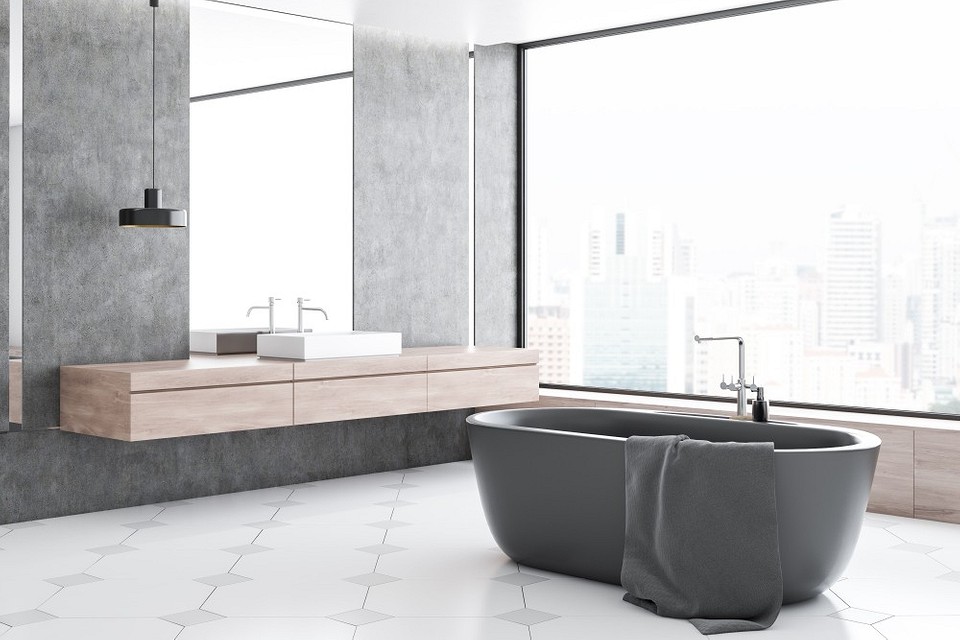
3 Technological Innovations
Progress doesn’t stand still, old technology quickly replaced by new. Even if you’re not planning to replace your washing machine or install a dryer now, you might want something new next year. Modern appliances not only free you from cleaning but also from constant and labor-intensive maintenance.
For instance, the new generation of vacuum robots as independent cleaners, wash and clean any floor coverings. No need to wash and dry mops after cleaning – the vacuum does it itself. No need to move or lift furniture. They even discard trash into bags themselves.
Most importantly: they connect to the water supply, drain and refill water themselves – like dishwashers and washing machines. Utmost convenience, minimal contact with dust and dirt for the owner, cleaning all types of contaminants. Especially relevant for allergy sufferers and those with pets. But technical progress’s joys can be marred by small annoyances. For example, the inability to connect devices to utilities.
What to Do
- Ensure access to utilities, think ahead about pipe routing so you won’t have problems connecting in the future. Base it on objective reality – a place for devices connecting to water utilities can’t be far from the bathroom or kitchen. So a wardrobe in the bedroom is hardly a good spot for a vacuum robot’s advanced self-cleaning base.
- If the device is remotely controlled, place the base in a stable Wi-Fi zone.
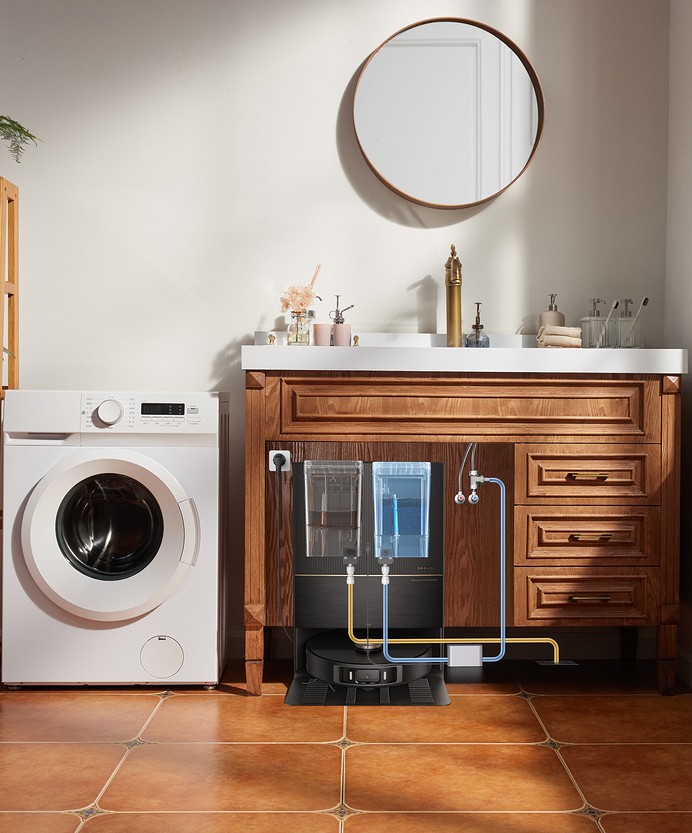



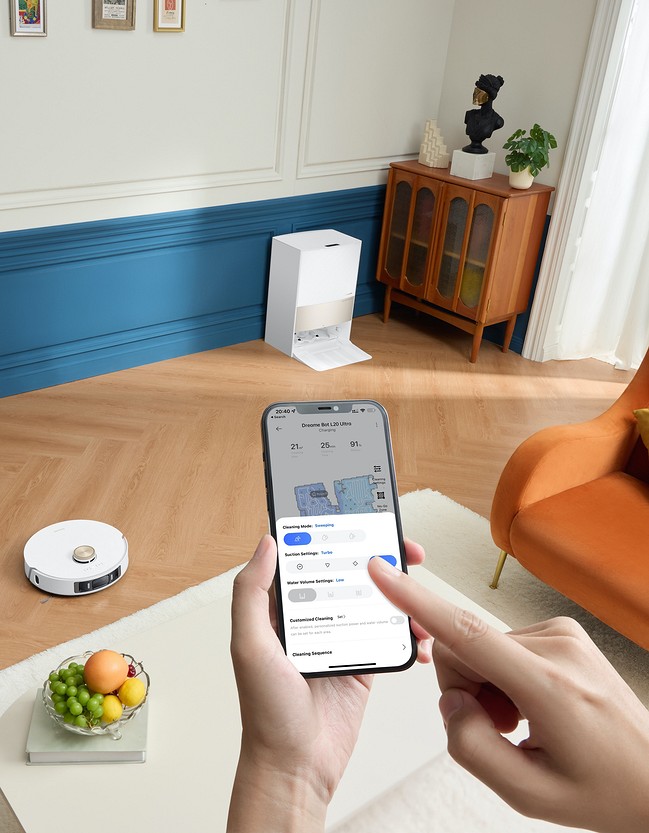
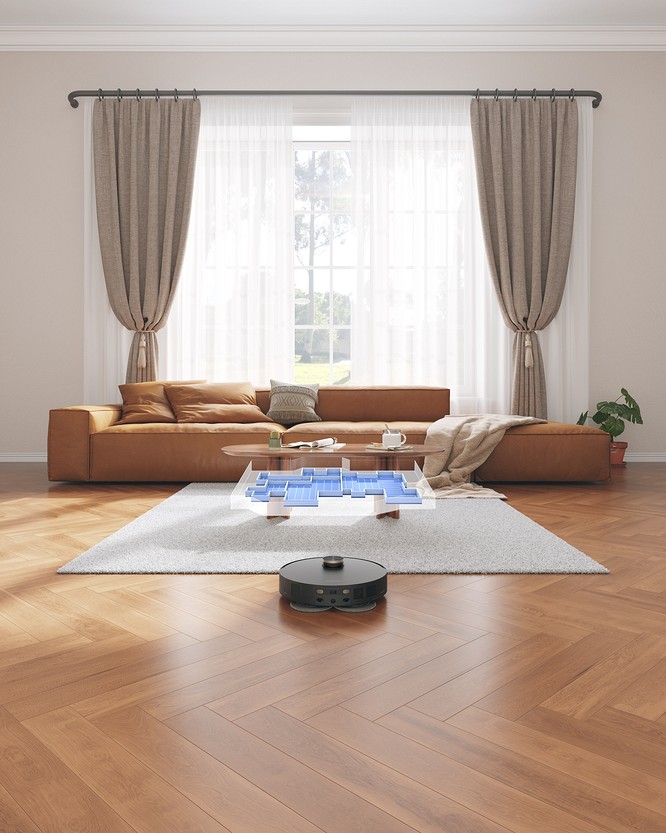
4 Storage Organization
Even if you arrive at the renovation moment with just one suitcase, don’t think it will always be so. Things tend to multiply, even if you’re an adept of regular decluttering. In a year, there will be at least two suitcases. And the closet you planned to store things in will become cramped.
What to Do
- If possible, set up a wardrobe and pantry. Utilize all space from ceiling to floor. Shelves and niches with bars should be various sizes – for different wardrobe items.
- If these rooms aren’t planned in the apartment, think about where to place cabinets. Allocate different areas for different things – wardrobe, seasonal outerwear, shoes, kitchen and bath items, cleaning items, bedding, etc.
- Choose beds and sofas with storage compartments, especially if you have a small apartment.

5 Convenience in Details
Think carefully about how you will use everything you’ve planned. Pay special attention to details – otherwise, they may become a constant source of irritation. For example, you decided to install long, narrow glass bulb lights in the bathroom. Are they easy to clean? Hardly. But they collect dust very well.
What to Do
- Before installing anything, think – have you chosen the right location. For example, a toilet paper holder can be placed so you don’t have to twist every time to reach it.
- Ask yourself – how will you clean hard-to-reach places. For example, moldings on the ceiling and ceiling plinths. Or a curtain rod mounted flush to the ceiling. Focus on convenience first.
- Don’t look for standard solutions – take the time to see what’s new in renovation from designers. For example, replace thresholds between rooms with cork compensators. They look aesthetic, don’t collect dust underneath. And they don’t obstruct a vacuum robot.
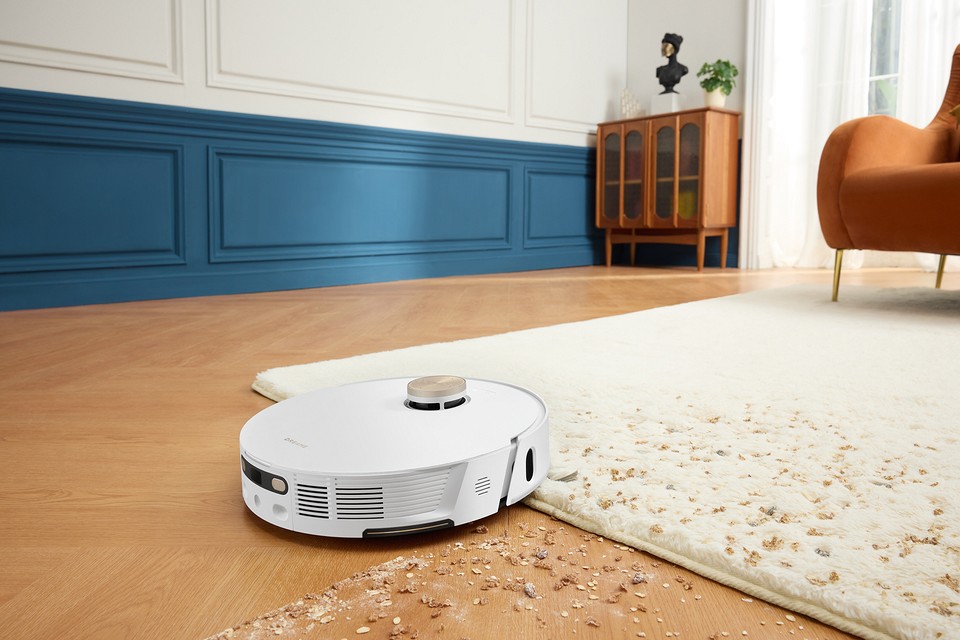
No matter what renovation you plan, remember that the main thing is the comfort and cleanliness of your home and minimizing household maintenance. New technical developments, like functional vacuum robots, help achieve perfect order with minimal effort.

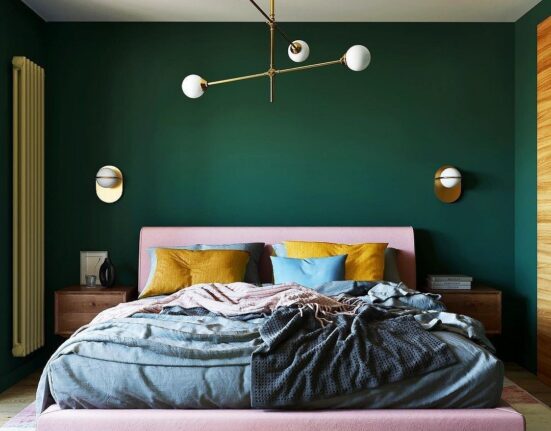

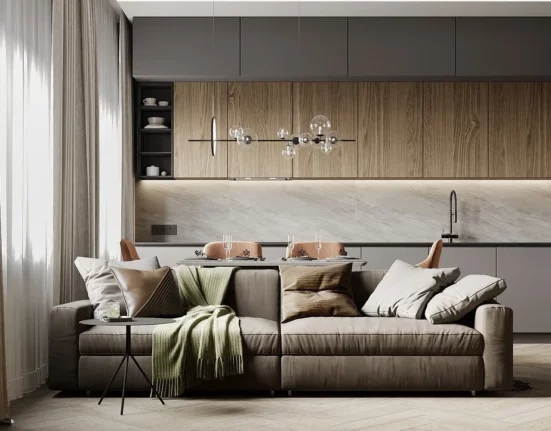
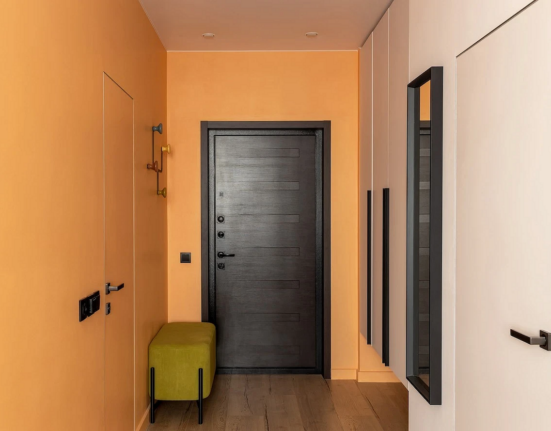
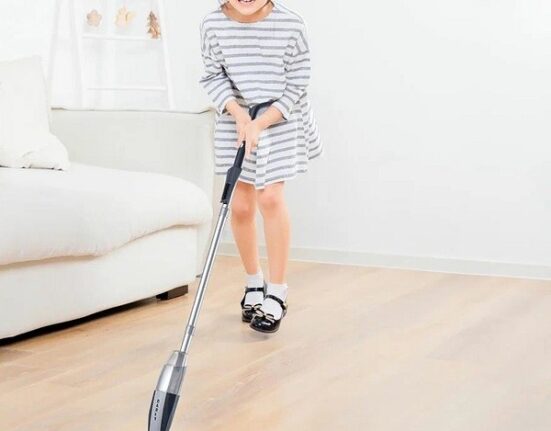
Leave feedback about this